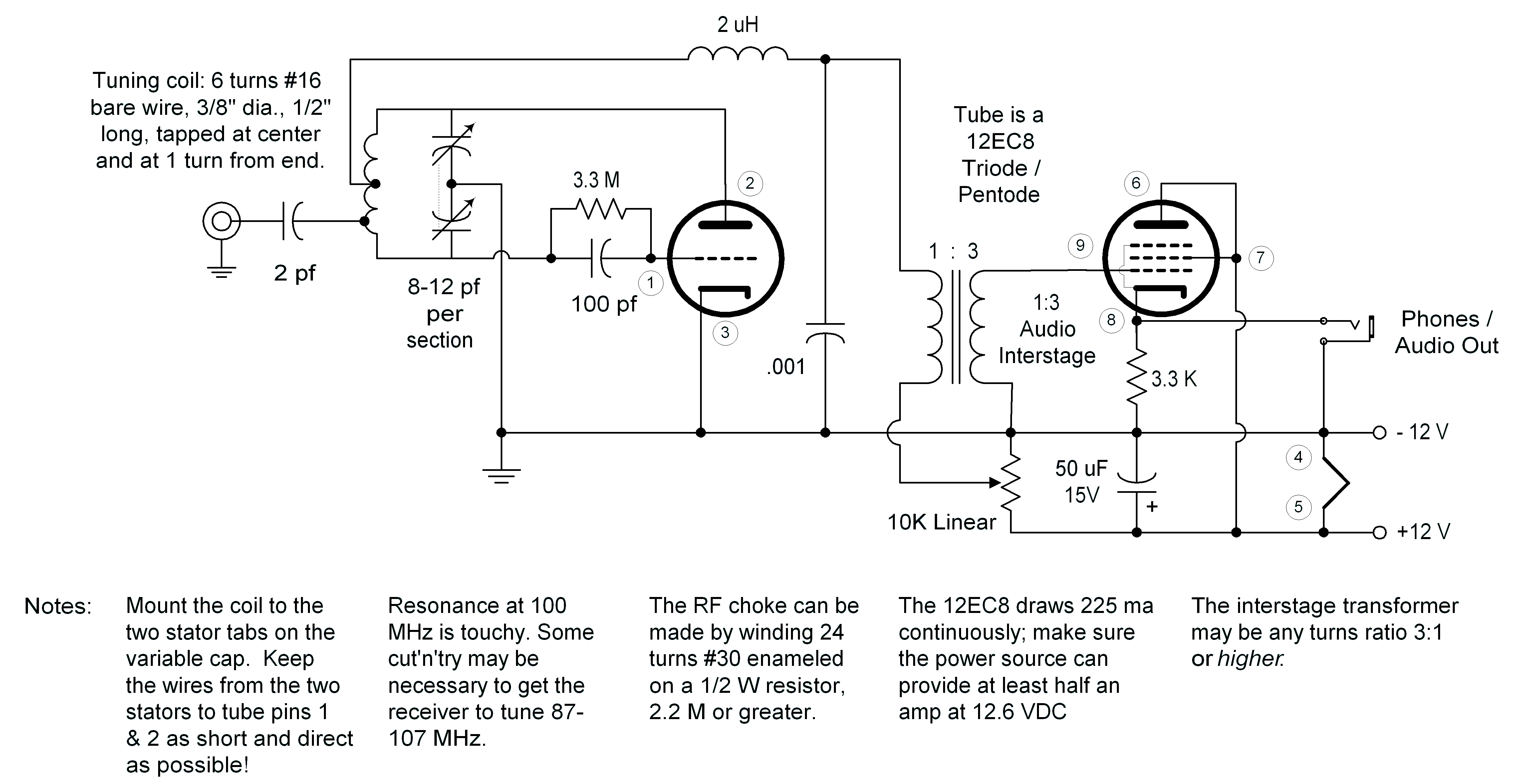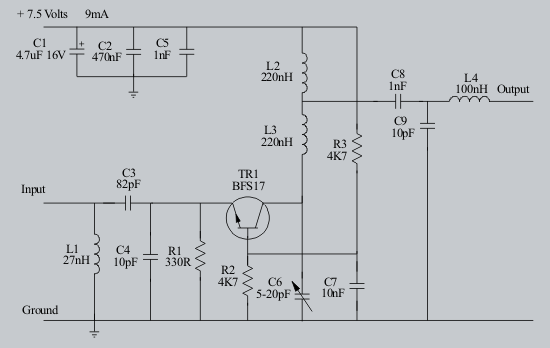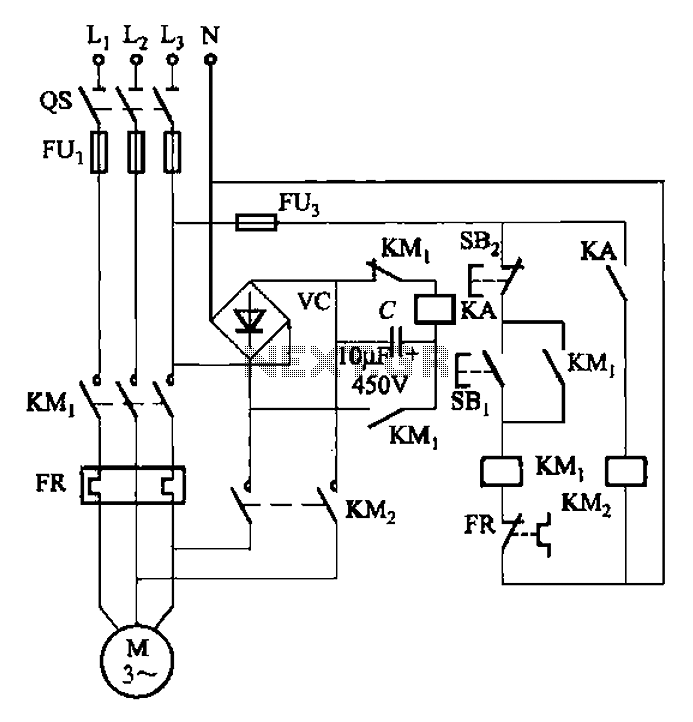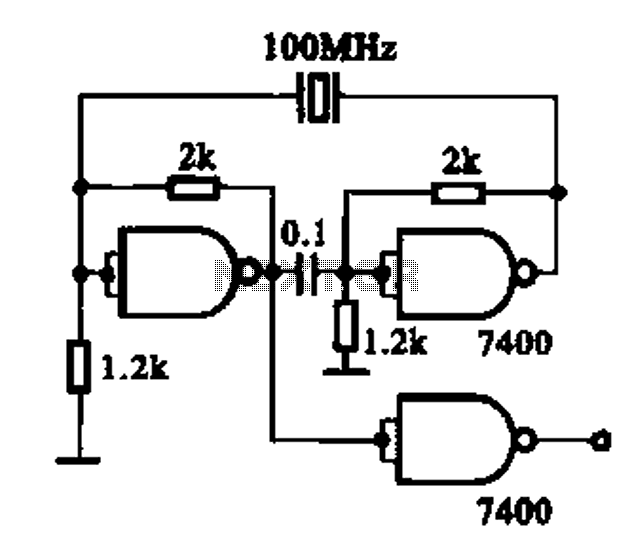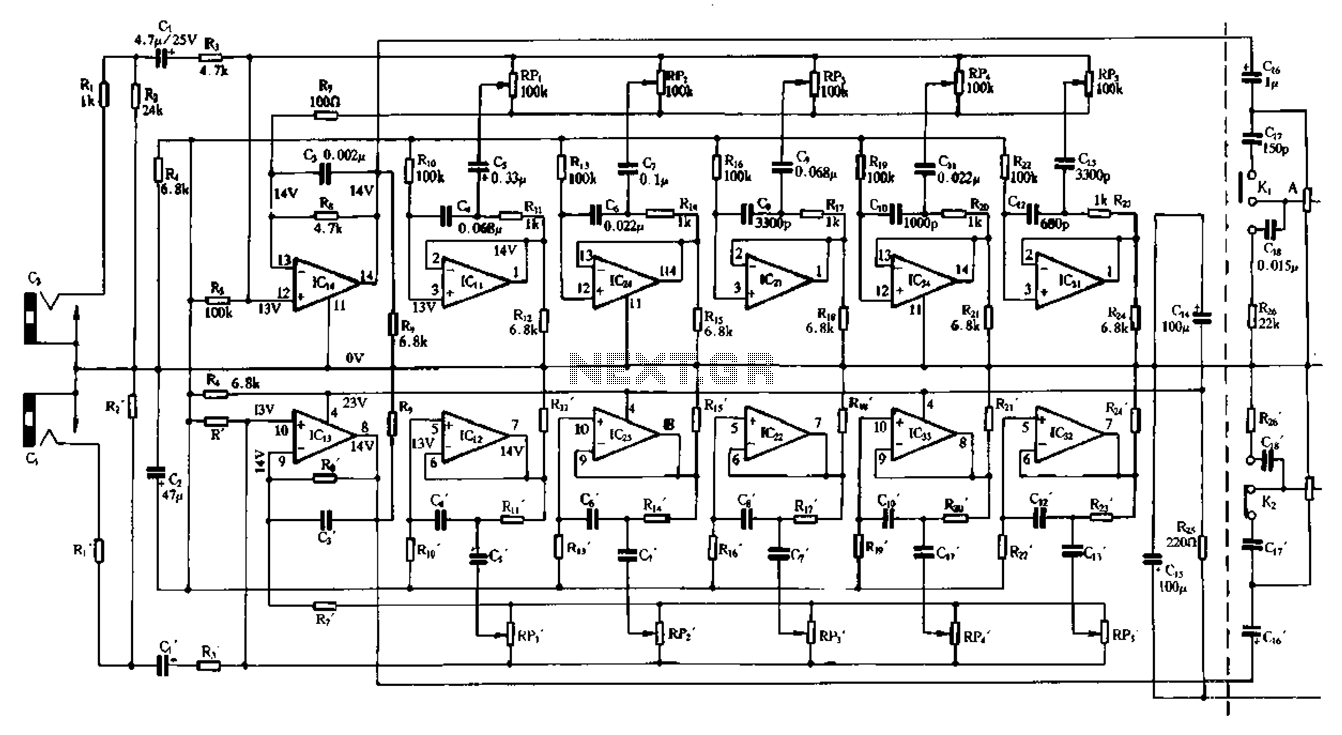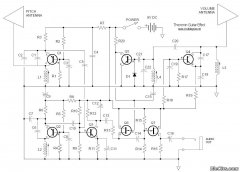
Five pairs of fluorescent tubes emergency circuits
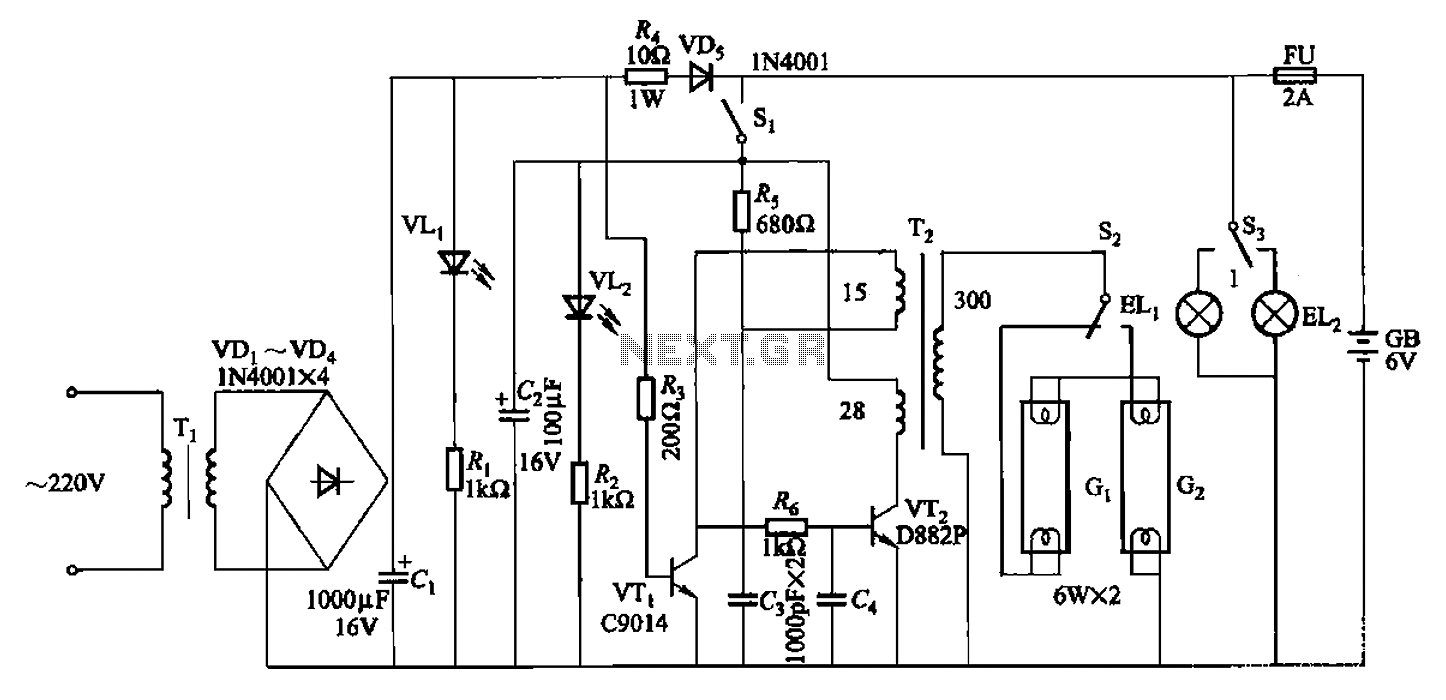
The 786A multi-functional double-tube fluorescent emergency circuit is illustrated in Figure 2-129. This circuit shares similarities with Figure 2-125.
The 786A multi-functional double-tube fluorescent emergency circuit is designed to provide illumination during power outages or emergencies. It utilizes two fluorescent tubes to deliver bright, energy-efficient lighting. The circuit operates by switching between normal and emergency modes, ensuring that the fluorescent tubes remain illuminated even when the main power supply fails.
In normal operation, the circuit draws power from the mains supply, allowing the fluorescent tubes to function as standard lighting. During a power outage, the circuit automatically transitions to emergency mode, drawing power from an internal battery or backup power source. This seamless switch is facilitated by a relay or solid-state switch that detects the loss of mains power.
Key components of the circuit include a battery charger, which maintains the charge of the backup battery during normal operation, and a control circuit that manages the transition between modes. The circuit may also incorporate a low-voltage disconnect feature to prevent battery over-discharge, ensuring the battery remains functional for future emergencies.
The design of the circuit emphasizes safety and reliability, with provisions for thermal management to prevent overheating of components. Additionally, the use of double tubes increases redundancy, allowing for continued operation even if one tube fails. Overall, the 786A circuit is an effective solution for emergency lighting needs in various settings, including residential, commercial, and industrial environments.786A multi-functional double-tube fluorescent emergency circuit shown in Figure 2-129. This circuit is similar to Figure 2-125.
The 786A multi-functional double-tube fluorescent emergency circuit is designed to provide illumination during power outages or emergencies. It utilizes two fluorescent tubes to deliver bright, energy-efficient lighting. The circuit operates by switching between normal and emergency modes, ensuring that the fluorescent tubes remain illuminated even when the main power supply fails.
In normal operation, the circuit draws power from the mains supply, allowing the fluorescent tubes to function as standard lighting. During a power outage, the circuit automatically transitions to emergency mode, drawing power from an internal battery or backup power source. This seamless switch is facilitated by a relay or solid-state switch that detects the loss of mains power.
Key components of the circuit include a battery charger, which maintains the charge of the backup battery during normal operation, and a control circuit that manages the transition between modes. The circuit may also incorporate a low-voltage disconnect feature to prevent battery over-discharge, ensuring the battery remains functional for future emergencies.
The design of the circuit emphasizes safety and reliability, with provisions for thermal management to prevent overheating of components. Additionally, the use of double tubes increases redundancy, allowing for continued operation even if one tube fails. Overall, the 786A circuit is an effective solution for emergency lighting needs in various settings, including residential, commercial, and industrial environments.786A multi-functional double-tube fluorescent emergency circuit shown in Figure 2-129. This circuit is similar to Figure 2-125.
